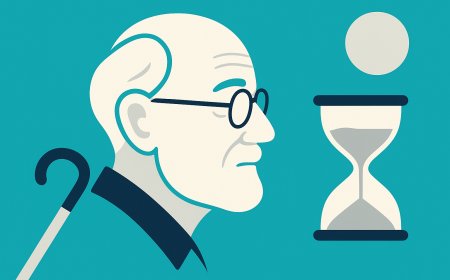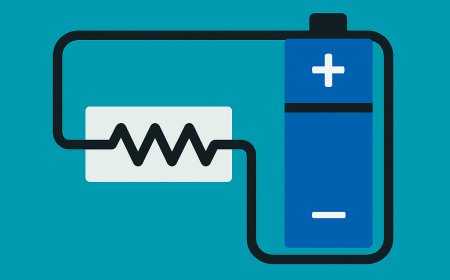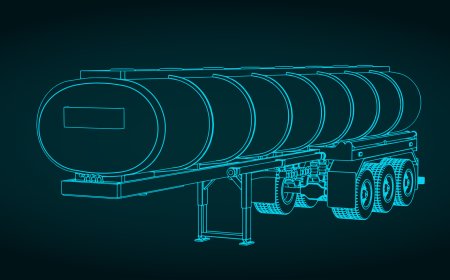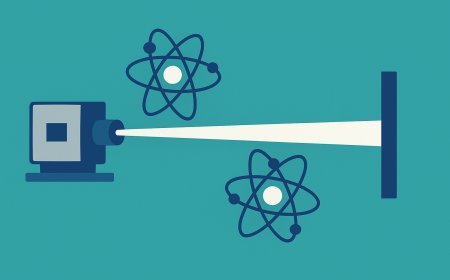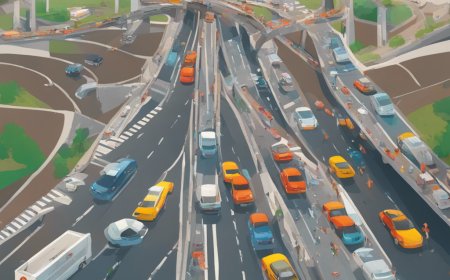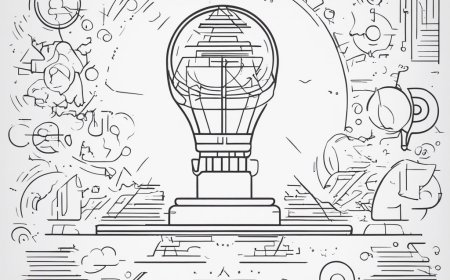Newton's Laws of Motion: Understanding the Fundamentals of Force and Motion
Explore Newton's three laws of motion and learn how inertia, force and action-reaction pairs shape everything from seatbelts to rockets in our daily lives.

Newton's Laws of Motion: Understanding the Fundamentals of Force and Motion
For centuries, people have observed that objects don’t spontaneously change their state of motion. An apple resting on a table stays at rest until something nudges it. A rolling ball only slows down because friction and air resistance sap its energy. When Isaac Newton published his Principia in 1687, he condensed these observations into three simple laws that underpin all of classical mechanics. Though formulated in the 17th century, these laws still describe how rockets lift off, how cars stop, and why sitting in a turning bus makes you lean to one side. Understanding the three laws of motion helps demystify everyday experiences and reveals the logic behind technologies we often take for granted.
The First Law: Inertia Keeps Things Doing What They’re Doing
Newton’s First Law states that an object will remain at rest or move at a constant velocity unless acted upon by a net external force. In plain terms, objects “resist” changes to their state of motion. This property is called inertia, and it is directly proportional to mass. A full shopping cart is harder to push than an empty one because it has more mass, and therefore more inertia.
Everyday examples illustrate inertia at work. When you’re in a moving car that suddenly stops, your body continues moving forward, which is why you lurch against your seatbelt. The belt provides the unbalanced force that decelerates you along with the car. If you’ve ever yanked a tablecloth out from under plates and glasses, you’ve also exploited inertia: the dinnerware tends to stay at rest while the cloth slips away because there isn’t enough friction to impart a large horizontal force. In space, inertia is even more evident; a satellite will coast around Earth indefinitely once it’s given its initial push, because there’s virtually no atmosphere to slow it down.
Understanding inertia helps engineers design safety systems. Seatbelts, airbags and headrests all counteract our tendency to continue moving when a vehicle decelerates. On a different scale, the inertia of massive freight trains means they require long distances to stop, influencing railway safety regulations and signalling.
The Second Law: Force Equals Mass Times Acceleration
While the First Law describes what happens when no net force acts, the Second Law quantifies what happens when a net force is applied. Mathematically, Newton’s Second Law is expressed as F = m × a, where F is the net force, m is mass and a is acceleration. This relationship reveals that the same force will produce a smaller acceleration on a heavier object. It also shows that to achieve a given acceleration on a heavy object, you need a larger force.
Pushing a child on a swing and pushing an adult illustrate this law nicely. Applying the same force to both won’t give them the same acceleration; the lighter person will respond more. If you increase the force, the acceleration increases proportionally. That is why high‑performance cars have powerful engines: generating more force allows the vehicle to accelerate quickly. Conversely, reducing an object’s mass—like using lightweight materials in an aircraft—means less force is required to achieve the desired performance.
In engineering, the Second Law is used to calculate the stresses acting on structures, to design efficient machines and to determine how rockets should be staged. When launching a satellite, engineers must consider both the force produced by the rocket engines and the changing mass of the rocket as fuel burns. The resulting accelerations determine whether the payload reaches orbit. Even sports rely on this principle; athletes train to produce as much force as possible in short bursts to accelerate quickly, whether it’s a sprinter exploding out of the blocks or a soccer player changing direction.
The Third Law: Actions and Reactions Are Equal and Opposite
Newton’s Third Law states that for every action there is an equal and opposite reaction. Forces always come in pairs: if object A exerts a force on object B, then object B exerts an equal force on object A in the opposite direction. This might seem abstract, but it governs everything from walking to spaceflight.
Imagine stepping off a small boat onto a dock. As you push down and back on the boat, the boat pushes back on you with an equal force in the opposite direction. Because the boat is lighter than the dock, the boat moves backward noticeably. The same principle propels rockets. High‑velocity exhaust gases are pushed downward out of the engine (the action), and the rocket experiences an upward force (the reaction) that lifts it skyward. In firearms, the recoil is the reaction to the bullet and gases being propelled forward.
Newton’s Third Law is also why propellers and jet engines work. Blades push air backward, and the reaction force pushes the vehicle forward. Even birds rely on this law: as wings push air down and back, they receive lift and thrust in return. Understanding action‑reaction pairs allows engineers to balance forces in machines and to predict how structures will respond when forces are applied.
Why These Laws Matter Today
Newton’s laws might appear simple, but their implications are profound. They laid the foundation for the industrial revolution by providing a framework for analysing machines and structures. They remain the first principles taught in physics and engineering courses because they are universally applicable whenever speeds are much lower than the speed of light and gravitational fields are not extreme. Even in the 21st century, when we build skyscrapers, design roller coasters or plan interplanetary missions, we start with Newton’s laws.
These laws also offer a way to think critically about motion in daily life. Realising that forces come in pairs explains why pushing against a wall doesn’t move it—your force is matched by the wall’s reaction. Recognising that acceleration depends on both force and mass helps explain why heavy vehicles need longer stopping distances. Appreciating that inertia makes moving objects resist changes helps you understand why leaning forward while carrying a heavy backpack can make you lose balance.
There are limits to Newtonian mechanics. At very high speeds, Einstein’s theory of relativity becomes necessary, and at the scale of atoms, quantum mechanics takes over. However, for the world around us—cars, planes, bridges, sports and household objects—Newton’s three laws of motion remain accurate and indispensable. Mastering these concepts not only deepens our appreciation of everyday phenomena but also equips us with the tools to analyse problems, design solutions and marvel at the richness of the physical universe.
What's Your Reaction?







